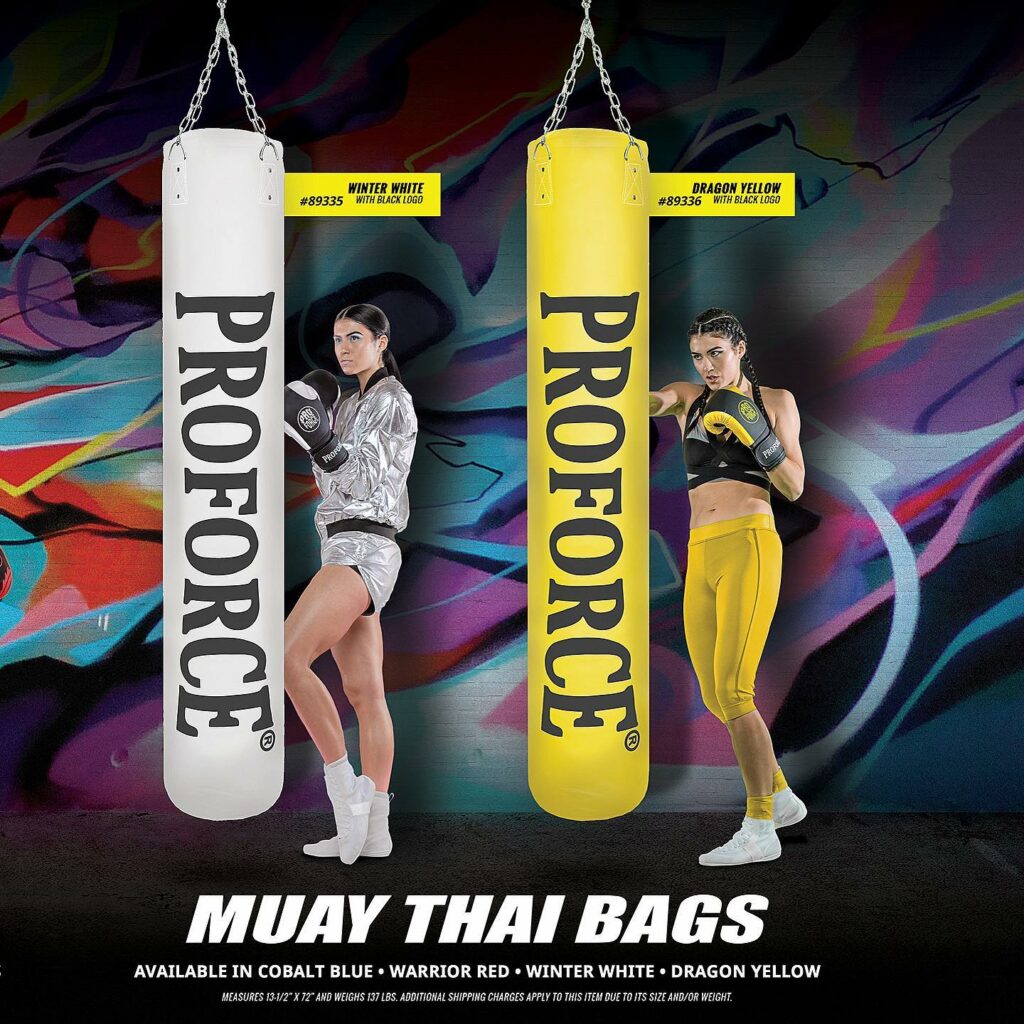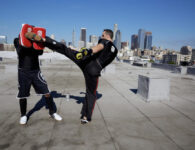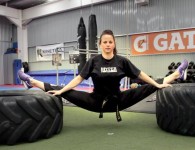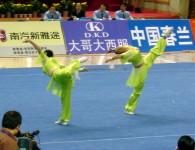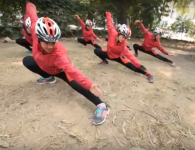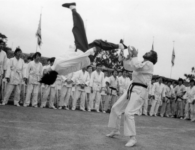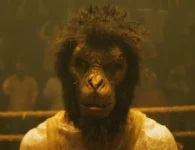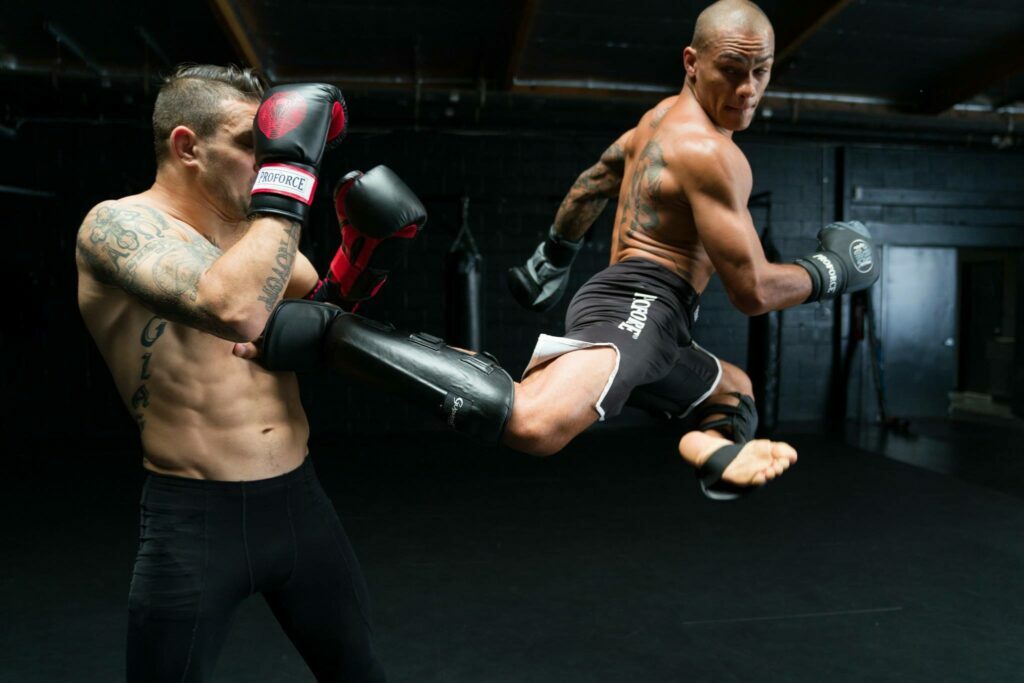
Muay Thai, sometimes called the “art of eight limbs” is a combat sport that involves a combination of clinch work, kicks, knees, elbows, and punches. It originated in 18th century Thailand, and began to gain international popularity in the late 20th century. This martial art is now taught and competed in around the world.
In the past few decades, Muay Thai has also become a popular component of mixed martial arts. Because Muay Thai’s striking is so effective and powerful, many MMA fighters have adapted these techniques for use in their combat sport.
As a result of Muay Thai’s growing popularity as its own martial art and as an influence on MMA, there are now different training techniques available to many Muay Thai students. You can train in traditional Muay Thai, or you can train in Muay Thai for MMA.
So what’s the difference between traditional Muay Thai methods and modern training methods? Is one better than the other? Let’s take a closer look at the techniques and philosophies of Muay Thai vs Muay Thai for MMA.
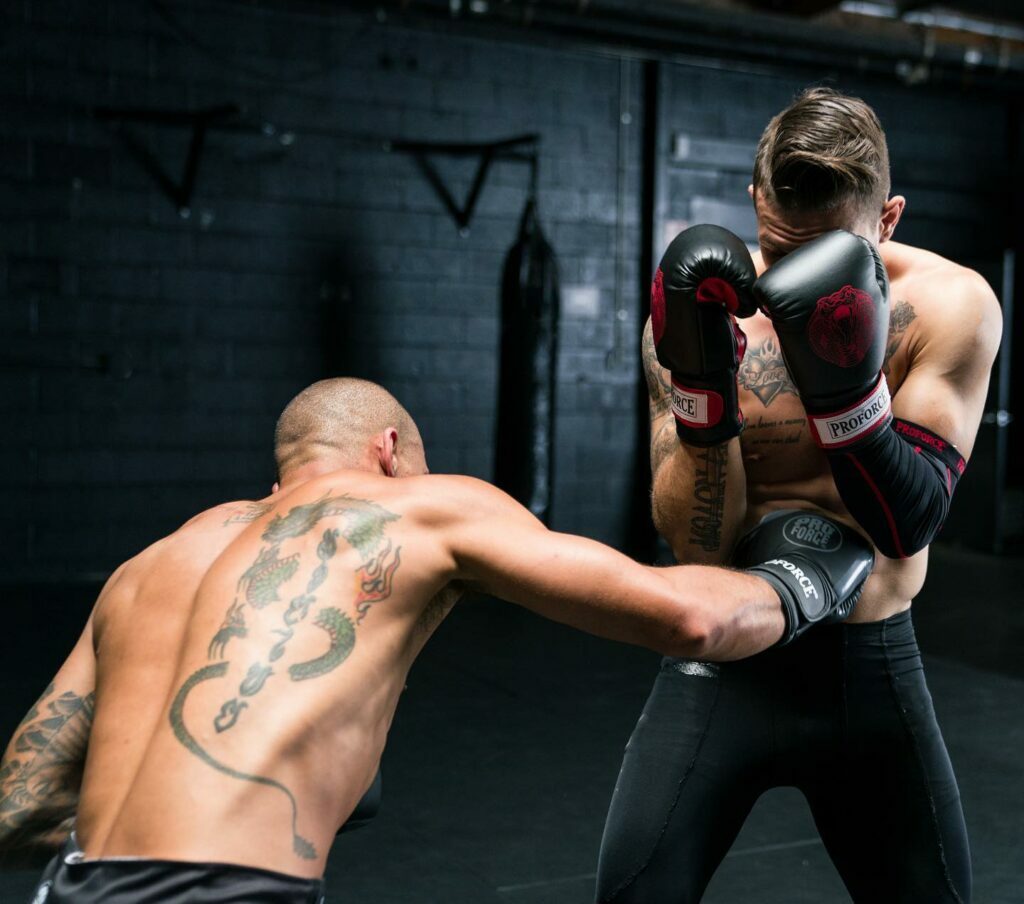
Traditional Muay Thai vs Modern Muay Thai: Objectives
Muay Thai bouts have five three-minute rounds with two minutes of rest between each round. They can be won by knockout, technical knockout, or points. Important techniques for a traditional Muay Thai fight include kicks, knees, elbows, and punches, as well as strong clinchwork. Traditional Muay Thai fighters are trained to execute all of these techniques, and how to defend against them.
MMA fights generally feature three five-minute rounds (championship matches are often extended to five rounds) with one minute of rest in between. Fights can be won my knockout, technical knockout, submission, or decision. All of the techniques employed in traditional Muay Thai are legal — and often quite powerful — in MMA, and many fighters learn how to execute and defend against them. But they also have to learn how to adapt these techniques to a sport that also features a wide array of techniques and moves from other martial arts, including grappling arts like wrestling and Brazilian Jiu-Jitsu.
The Traditional Muay Thai Stance vs MMA Stance
In general, the traditional Muay Thai stance features squared, forward-facing hips, a tucked chin, and a fairly straight spine. Hands are high enough to protect the face, and elbows are in place to defend against kicks and knees to the torso. Traditional Muay Thai fighters tend to put most of their weight on the back foot, keeping the front foot light and read to check kicks quickly and efficiently.
In MMA, fighters usually stand with their feet wider apart, and the weight more evenly distributed between them. Their body posture is slightly tilted forward and their hands will be held a little lower and looser. This allows MMA fighters to defend against takedown attempts as well as strikes.
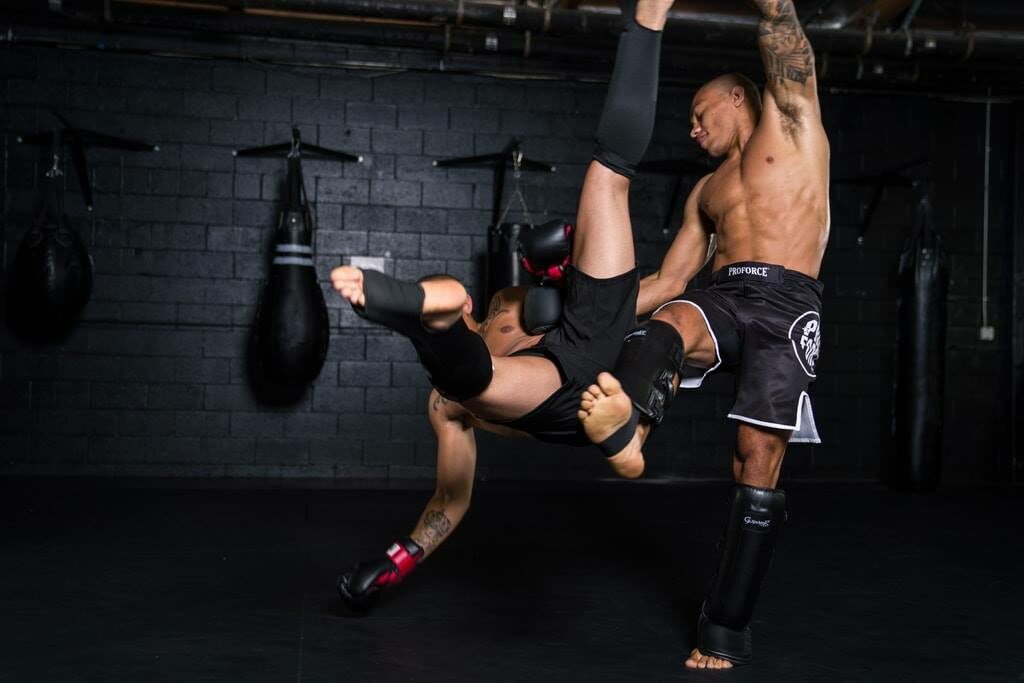
Traditional Muay Thai vs Muay Thai for MMA: Footwork and Rhythm
Traditional Muay Thai often favors a lot of standing and trading strikes. Opponents stand their ground and throw punches, kicks, elbows, and knees at each other, and defend against each other’s attacks. As traditional Muay Thai training emphasizes precision and form, the rhythm of these fights and the fighters’ use of the ring is usually very deliberate and methodical.
MMA is not sloppy, but MMA fighters must take into account a different set of variables when they fight, and this results in a very different type of movement and timing in their bouts. There can be moments of very methodical fighting in MMA bouts, but also fast rushes of striking combinations, takedowns, and submission attempts. MMA fighters also tend to use more of the ring or cage when they fight, which adds more forward, backward, and lateral movement to their footwork.

Traditional Muay Thai vs Muay Thai for MMA: Attacks and Defence
Traditional Muay Thai generally focuses on precise and powerful strikes — and precise defense against them. The power of these strikes comes from the form of traditional Muay Thai techniques. Strikes aren’t just thrown with the limbs, they’re thrown with the entirely body, and generate both speed and strength through hip and torso rotation. Muay Thai fighters use their hands and elbows to defend against upper and mid-body strikes, and check lower body body attacks with their front shin.
MMA fighters with Muay Thai for MMA training might throw similar strikes, but they rarely employ the same range of motion in their hip and torso rotation. This takes away some of the power of the kicks, punches, and elbows, but it also allows fighters to reset their stance more quickly, and leaves them less vulnerable to takedown attempts than traditional Muay Thai methods. Checking kicks is less common in MMA for similar reasons. Some MMA fighters will use traditional Muay Thai checking techniques, but they also have to be careful of how this move exposes them to takedowns and submission attempts.
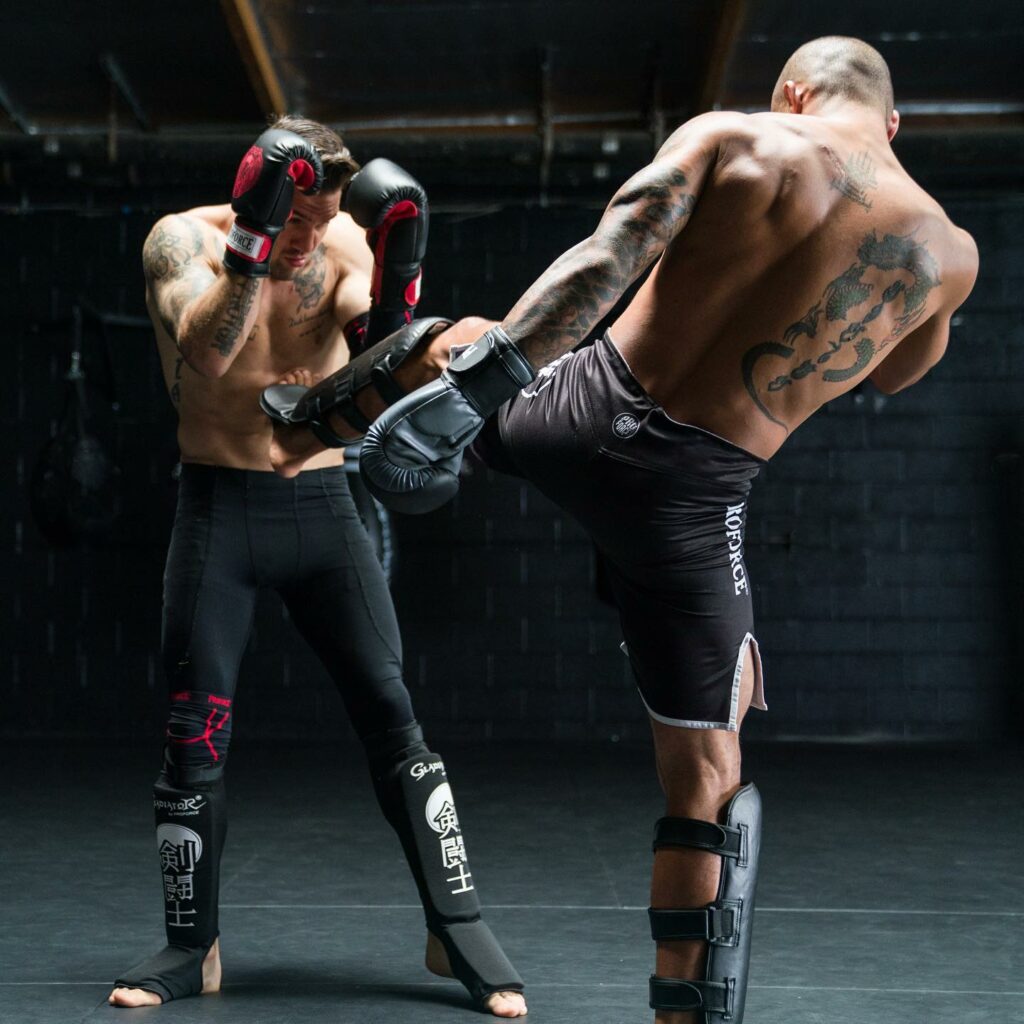
Traditional Muay Thai vs Modern Muay Thai: Which is better?
That’s a complicated question that could lead to years of spirited debate between Muay Thai traditionalists and MMA devotees, but the short answer is that it depends on what your training and competition goals are. If you’re interested in the history and techniques of Muay Thai, it’s worth seeking out a traditional Muay Thai school. If you’re hoping to apply Muay Thai’s techniques to your MMA game, then you should seek out a Muay Thai school that has experience working with MMA fighters, or Muay Thai classes specifically designed for MMA.
